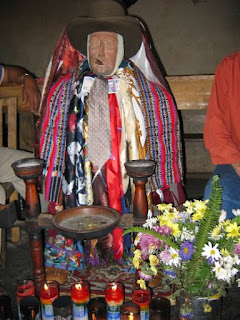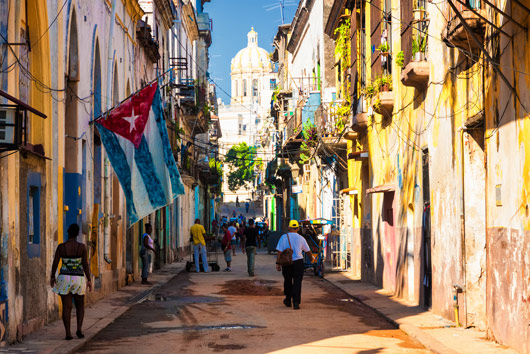Throughout the different posts contained in this blog we've been able to explore different themes and different ideas about concepts such as: self, tourists, identity, and about myself. Puerto Rican Winds is about discussing these ideas while adding a touch of Puerto Rico. I've always have been Puerto Rican first and, I believe, this blog reflects on this concept. Starting with the self concept, the blogs that speak a little about myself and how we see ourselves as Puerto Ricans helped me analyze what, essentially, defines one's identity. It is very important to know yourself and your peers since they influence on your identity. Language, location and our relations influence on our identity. One post, particularly, was a good way to make a retrospection and auto-evaluate: My Journal Reflection. Since this posts was about the Journey Journal it was a good way to construct Puerto Rican Winds since my Journal's external and internal covers have photos that reflect on my identity and the journeys that I've experienced, and have yet to experience. These journeys have some sort of relation to Puerto Rico.
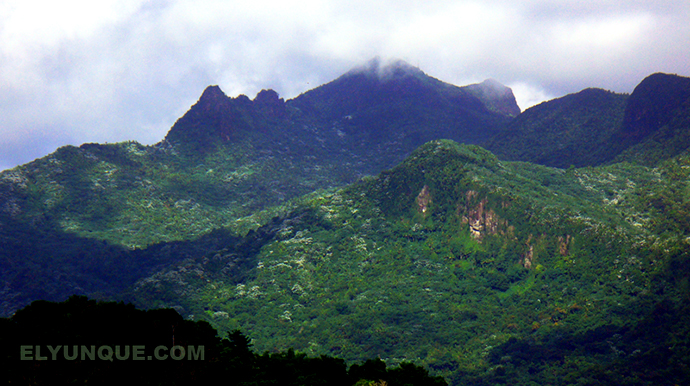 We've discussed about tourism and how different authors have distinct opinions about what it means to be a tourists. Kincaid tells us that a tourists is a privileged person because he, or she, is oblivious to the socio-political and economical realities of the place they visit. I share the same opinion because of the little social experiment we had in class: being a tourist for a day. Being an Argentinian in the mall of San Juan made me realize how tourists can become oblivious: we create the conditions so that this phenomena occurs. We tend to exclude these details when we meet a foreigner so that they feel more welcomed in our country. Judith Fein was different from the other authors because she was a traveler in Guatemala and not a tourist. She immersed herself in the Guatemalan culture and religion when she met Maximon.
We've discussed about tourism and how different authors have distinct opinions about what it means to be a tourists. Kincaid tells us that a tourists is a privileged person because he, or she, is oblivious to the socio-political and economical realities of the place they visit. I share the same opinion because of the little social experiment we had in class: being a tourist for a day. Being an Argentinian in the mall of San Juan made me realize how tourists can become oblivious: we create the conditions so that this phenomena occurs. We tend to exclude these details when we meet a foreigner so that they feel more welcomed in our country. Judith Fein was different from the other authors because she was a traveler in Guatemala and not a tourist. She immersed herself in the Guatemalan culture and religion when she met Maximon.I believe that in this blog I've used some of the techniques that Naipaul uses in his autobiography. I wanted to give character to this blog so that the reader could experience the different themes discussed through a Puerto Rican perspective. As a Brutanese public policy: a country's development is measured in general happiness. Puerto Rico's festive spirit is captivating and will seduce you. Below is a video from the festivities at la Calle San Sebastian.





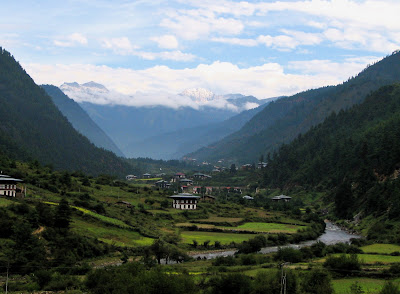


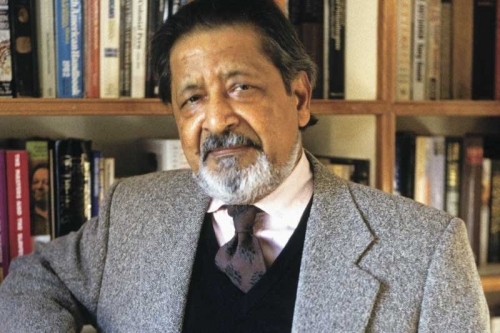

 As I dove into this writing experience I learned about the great impact it had on my writing. The first few entries were hard because of the anti-rules. I'm accustomed to write coherently while being on the lookout for any possible errors I could commit, however, these new set of rules changed the game. I could now focus solely on the ideas and nothing more. I caught myself dashing out or fixing some of the words I miswrote. Even stopping to think because of the sudden "writer's block". Still I learned and pretty much dominated these rules. This style of writing has helped me in other classes to get my ideas flowing in order to write killer essays. Forty Journal entries and twelve Life Compasses were made.
As I dove into this writing experience I learned about the great impact it had on my writing. The first few entries were hard because of the anti-rules. I'm accustomed to write coherently while being on the lookout for any possible errors I could commit, however, these new set of rules changed the game. I could now focus solely on the ideas and nothing more. I caught myself dashing out or fixing some of the words I miswrote. Even stopping to think because of the sudden "writer's block". Still I learned and pretty much dominated these rules. This style of writing has helped me in other classes to get my ideas flowing in order to write killer essays. Forty Journal entries and twelve Life Compasses were made.
